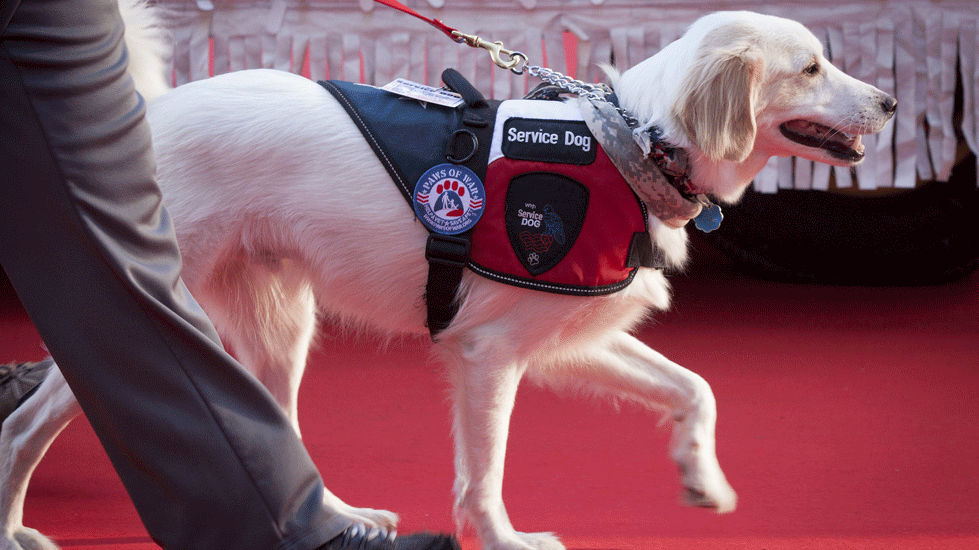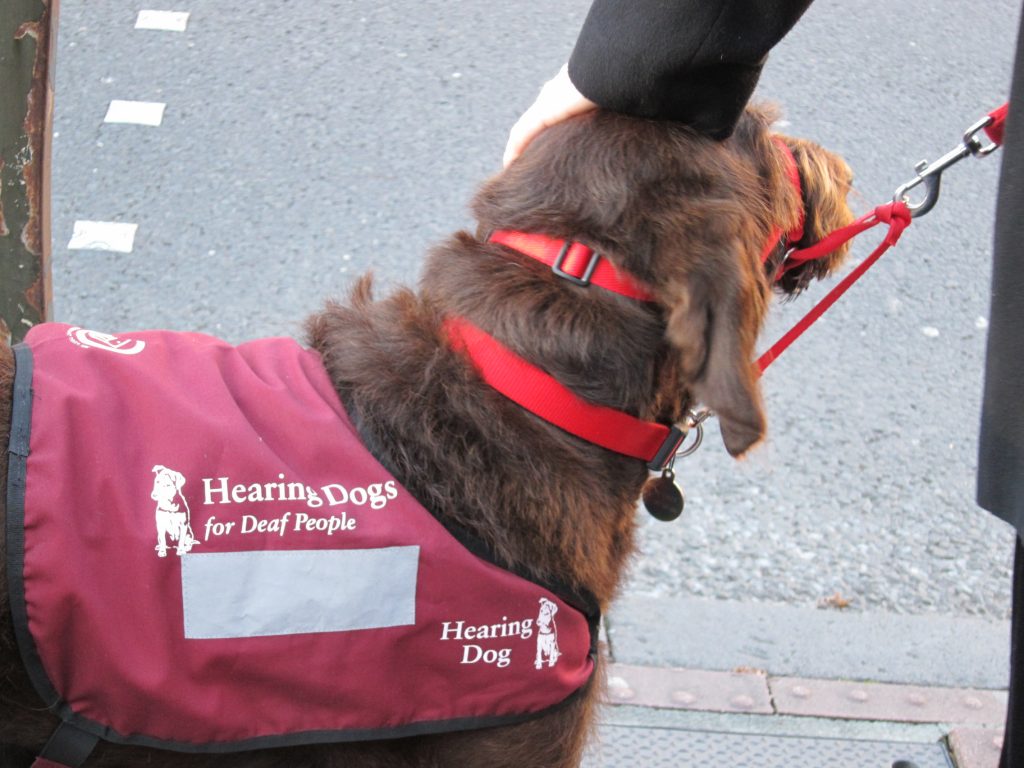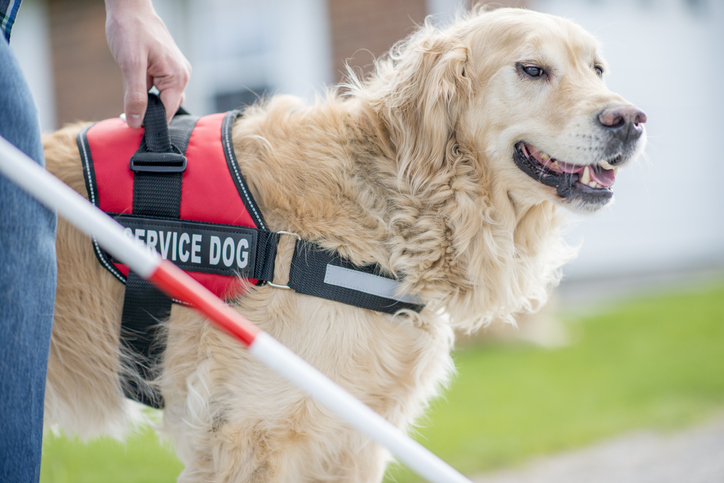
In today’s society, the need for accessibility and support for the Deaf community is increasingly recognized. Among the innovative solutions that have emerged is the invaluable partnership between Deaf individuals and service dogs. Deaf service dogs play a vital role in bridging the communication gap, empowering Deaf individuals, and promoting inclusivity. In this blog, we will delve into the fascinating history of Deaf service dogs and explore their significant contributions to the Deaf community and society at large.
Origins and History of Deaf Service Dogs
From their humble beginnings to their indispensable role today, Deaf service dogs have a rich history. Tracing back to the early 20th century, the first instances of trained dogs assisting Deaf individuals can be found. However, it wasn’t until the 1970s that the formal training and utilization of service dogs for Deaf individuals gained momentum. Through dedicated efforts, organizations began to recognize the potential of these remarkable canines to enhance Deaf accessibility and independence.
Empowering Deaf Individuals in Everyday Life

Deaf service dogs are highly trained to perform a range of tasks that directly benefit their human partners. These tasks include alerting to sounds, such as doorbells or fire alarms, nudging their handler to get their attention, and retrieving dropped objects. Additionally, they assist with mobility and safety, providing a sense of security and confidence to their Deaf handlers in navigating the world.
Enhancing Deaf Communication and Accessibility
One of the most significant contributions of Deaf service dogs lies in their ability to bridge communication barriers. These intelligent canines are trained to respond to specific commands in sign language, allowing Deaf handlers to communicate effectively with others. Moreover, their presence alone acts as a visual cue, alerting strangers to their handler’s deafness and encouraging them to adapt their communication methods accordingly.
Strengthening Deaf Community and Culture
Deaf service dogs not only empower individuals but also serve as ambassadors for the Deaf community. Their visibility in public spaces raises awareness and promotes understanding of Deaf culture and communication needs. Through their interactions with the public, Deaf service dogs foster inclusivity and encourage a more accepting society.
The Process of Training Deaf Service Dogs
The training of Deaf service dogs is a meticulous and rigorous process. From basic obedience to specialized tasks, these dogs undergo comprehensive training programs that equip them with the necessary skills to support their Deaf handlers effectively. Training organizations work closely with Deaf individuals to ensure that the dogs are attuned to their specific needs and requirements.

Deaf service dogs have made an indelible impact on the lives of Deaf individuals, enhancing accessibility, independence, and communication. Through their unwavering support, these remarkable canines contribute to a more inclusive society that embraces the Deaf community and its unique culture. As we celebrate the advancements in Deaf accessibility, let us recognize and appreciate the extraordinary bond between Deaf individuals and their service dogs, a partnership that enriches lives and paves the way for a more inclusive world.



